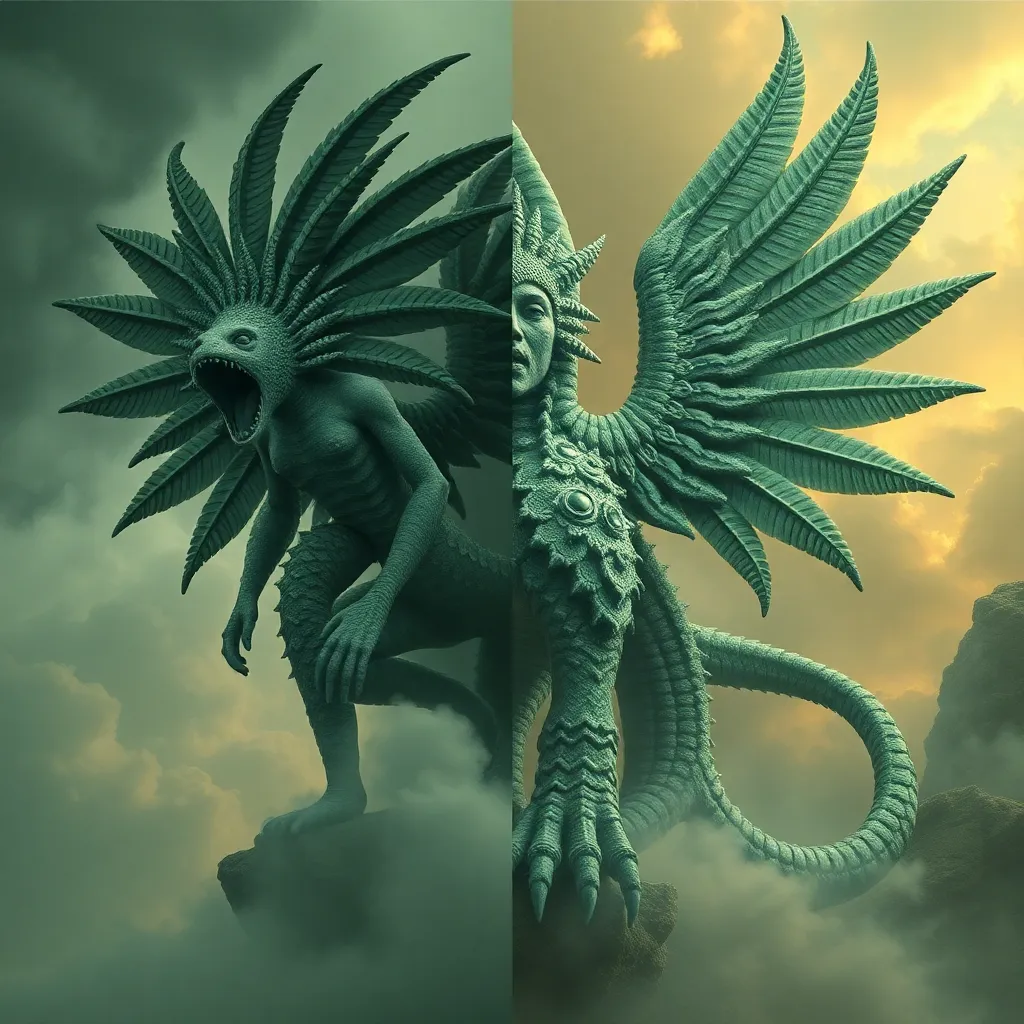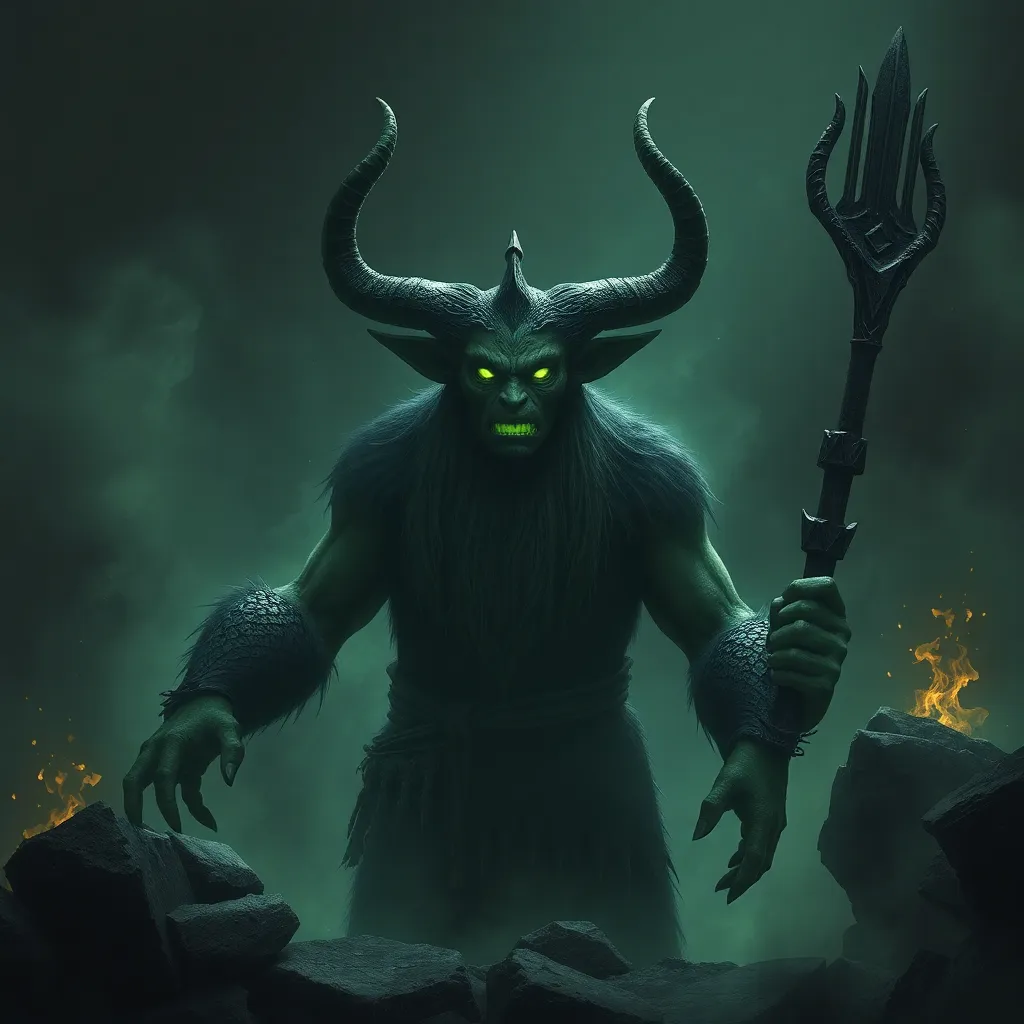Guardians of the Sacred: Naga Deities in Ancient Temples
I. Introduction
The concept of Naga deities transcends cultural boundaries, appearing in various religious and mythological frameworks across Asia. These serpent-like beings are revered as protectors, guardians, and symbols of fertility and water. In ancient temple architecture, Naga motifs are not merely decorative; they embody deep spiritual significance and reflect the reverence cultures hold for these deities. This article aims to explore the historical context, symbolism, architectural features, rituals, and contemporary relevance of Naga deities in ancient temples.
II. Historical Context of Naga Deities
Naga mythology has its roots in ancient civilizations, with origins that can be traced back to the early traditions of Hinduism and Buddhism. The evolution of these beliefs over centuries has resulted in a rich tapestry of stories and representations.
A. Origins and evolution of Naga mythology
The Naga are often depicted as half-human, half-serpent beings, associated with water bodies such as rivers, lakes, and seas. They are believed to possess immense power and wisdom, which has led to their veneration in various cultures. The earliest references to Naga can be found in the Vedic texts, where they are associated with rain and fertility.
B. Cultural significance in Hindu and Buddhist traditions
In Hinduism, Nagas are considered to be divine beings and are often associated with the god Shiva, representing the cycle of life and death. In Buddhism, they are seen as protectors of the Buddha and his teachings, often depicted in art and sculpture surrounding Buddhist temples.
C. Naga representations in ancient texts and scriptures
Numerous ancient texts, including the Mahabharata and the Puranas, contain references to Naga deities. These texts highlight their roles in cosmology, mythology, and the natural world, showcasing their importance across different cultures.
III. Symbolism and Attributes of Naga Deities
Naga deities are imbued with rich symbolism and a variety of physical characteristics that vary across cultures.
A. Physical characteristics and variations
- Serpent-like bodies, often depicted with multiple heads.
- Human features, particularly in the upper body, symbolizing their connection to humanity.
- Adornments such as crowns, jewels, and traditional attire, emphasizing their divine status.
B. Symbolic meanings associated with Naga
Naga deities symbolize various concepts, including:
- Fertility and abundance
- Protection and guardianship
- Wisdom and knowledge
- Transformation and renewal
C. Naga as guardians of water and fertility
As guardians of water, Naga are believed to control rainfall and water sources, making them vital for agriculture and sustenance in many cultures. They are often invoked during rituals for fertility and prosperity.
IV. Architectural Features of Temples Housing Naga Deities
Temples dedicated to Naga deities feature unique architectural elements that reflect their significance.
A. Design elements unique to Naga temples
Naga temples often incorporate:
- Serpent motifs along staircases and walls, symbolizing the ascent to the divine.
- Water features, such as ponds or fountains, representing their association with water.
- Intricate carvings of Naga deities, showcasing artistic craftsmanship.
B. Integration of Naga motifs in temple sculptures and carvings
Carvings of Naga deities are prevalent in temple architecture, serving both decorative and symbolic purposes. These motifs often depict the Naga in various poses, emphasizing their protective nature.
C. Case studies of notable temples with Naga representations
Some notable temples housing Naga deities include:
- Wat Phra That Doi Suthep in Thailand – A prominent Buddhist temple featuring Naga sculptures as stairway guardians.
- Brihadeeswarar Temple in India – Showcases exquisite Naga carvings and architecture symbolizing fertility.
- Angkor Wat in Cambodia – Features Naga motifs in its carvings, illustrating their significance in Khmer culture.
V. Rituals and Worship Practices Involving Naga Deities
The worship of Naga deities is integral to the cultural practices of many communities.
A. Traditional ceremonies and festivals
Festivals honoring Naga deities often involve:
- Processions featuring Naga images.
- Ritual offerings of flowers, fruits, and rice.
- Community gatherings to celebrate and invoke blessings.
B. Offerings and prayers dedicated to Naga
Devotees often offer:
- Milk and honey as symbols of purity.
- Rice and grains to invoke fertility.
- Flowers and incense to honor the deities.
C. Role of Naga in local folklore and community beliefs
Naga deities are woven into local folklore, often depicted as protectors of the land and water. Stories surrounding Naga can be found in oral traditions, emphasizing their importance in community identity.
VI. Naga Deities in Modern Context
In contemporary society, Naga deities continue to hold relevance.
A. Preservation of Naga-related sites and traditions
Efforts to preserve temples and sites associated with Naga deities are crucial for maintaining cultural heritage. Many organizations work towards conservation and restoration efforts.
B. Contemporary interpretations in art and culture
Naga motifs have found their way into modern art, fashion, and literature, showcasing their everlasting influence on cultural expressions.
C. Naga’s influence on modern spirituality and identity
The veneration of Naga deities contributes to a sense of identity and belonging among communities, often influencing spiritual practices and beliefs.
VII. Challenges and Threats to Naga Heritage
Despite their significance, Naga heritage faces numerous challenges.
A. Impact of urbanization and climate change on sacred sites
Urbanization threatens the integrity of ancient temples, while climate change poses risks to water bodies associated with Naga.
B. Efforts for conservation and awareness
Various NGOs and local governments are working to raise awareness and implement conservation strategies for Naga sites.
C. Role of local communities in safeguarding Naga deities
Local communities play a vital role in preserving Naga traditions, often being the custodians of stories and practices that honor these deities.
VIII. Conclusion
In summary, Naga deities are not only significant figures in mythology but also vital guardians within ancient temples. Their cultural and spiritual importance across various traditions underlines the need for preservation and appreciation of Naga heritage. As we reflect on the enduring legacy of Naga guardianship, it is imperative to advocate for the protection of these sacred sites and the traditions that honor them, ensuring they remain a vibrant part of our cultural history for generations to come.



